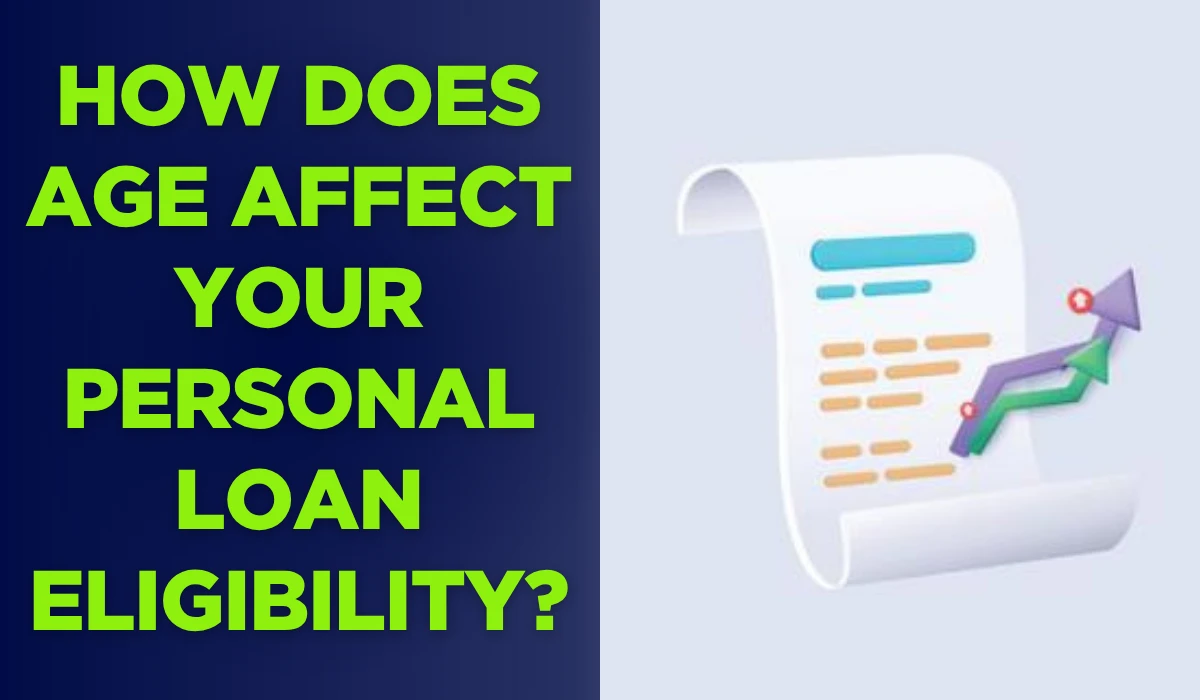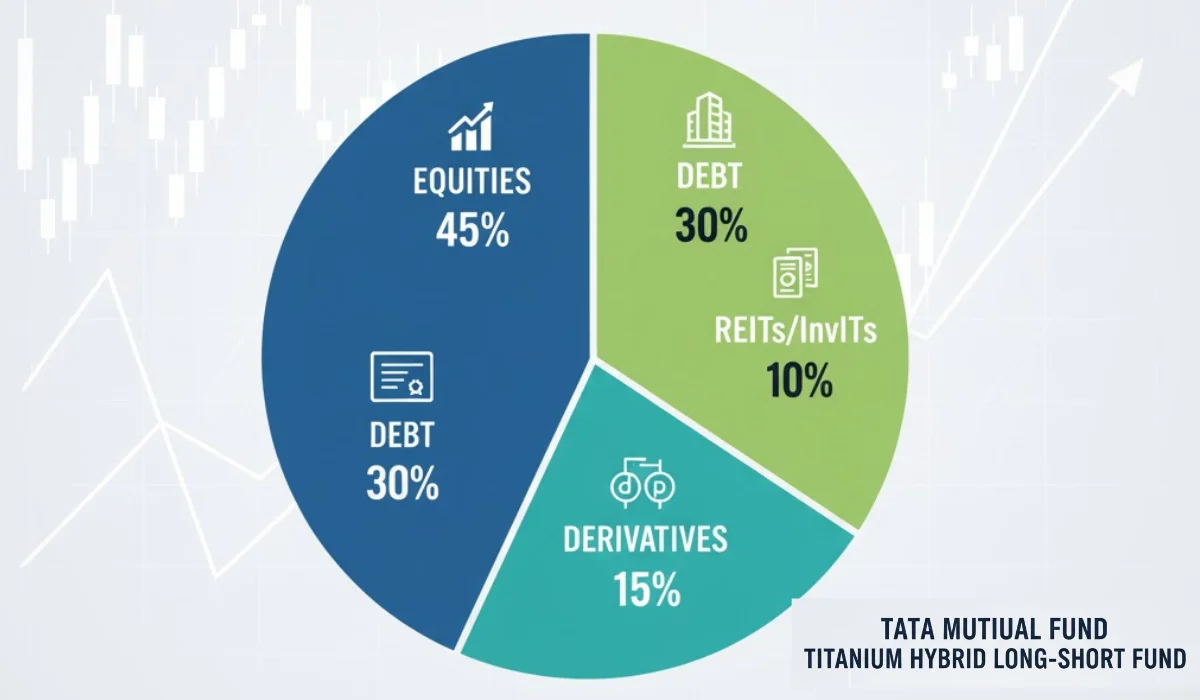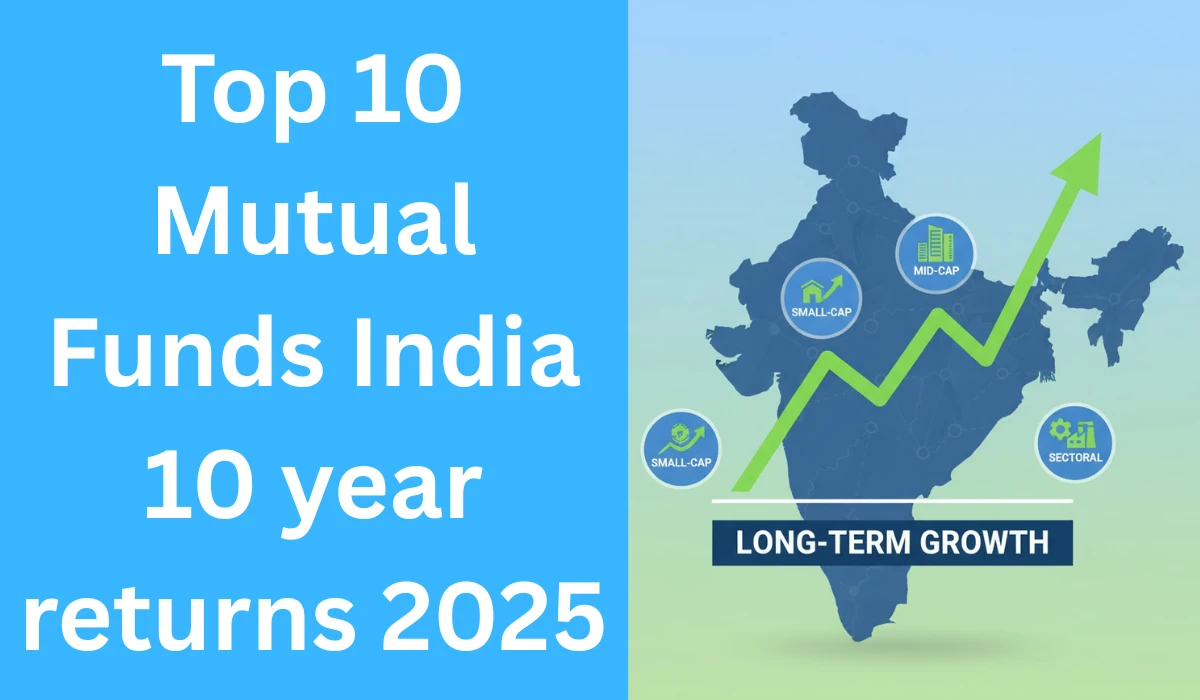The Role of Age in Personal Loan Assessments
Lenders evaluate multiple factors for personal loan approvals. Income stability, credit scores, and employment history top the list. Yet age emerges as a critical determinant.
Financial institutions view age as an indicator of career progression and future earning reliability. It helps predict repayment feasibility over the loan tenure.
In India, Reserve Bank of India guidelines emphasize responsible lending. Banks and NBFCs like Fibe adhere to age norms to mitigate default risks.
This approach ensures loans match borrowers' life stages. Younger applicants face scrutiny on potential, while older ones prove current capacity.
Transitional policies reflect economic realities. With India's workforce median age around 28, lenders balance youth-driven growth with retirement concerns.
Why Lenders Prioritise Age Criteria
Age provides a snapshot of financial maturity. Early 20s signal career entry with limited history. Mid-40s indicate peak earnings but finite working years.
Institutions aim to complete repayments during active income phases. Post-retirement defaults rise due to pension dependencies.
RBI data highlights risk patterns. Loans extended near retirement correlate with higher non-performing assets.
Minimum age thresholds confirm legal adulthood and basic financial independence. Maximum limits safeguard against income drops.
This framework promotes sustainable borrowing. It aligns with global standards, where age caps prevent overextension.
Standard Minimum and Maximum Age Limits
Most lenders set personal loan minimum age at 21 years. Some NBFCs lower it to 19, like Fibe, for salaried individuals.
This entry point verifies employability and legal capacity. Applicants below this face rejection outright.
Maximum age limits vary from 55 to 70 years at loan maturity. Banks often cap at 60, while NBFCs extend flexibility.
For instance, Fibe accepts up to 55 years, ensuring tenures fit within earning spans. These limits prevent loans outlasting income sources.
Variations depend on employer type. Salaried workers enjoy wider ranges than self-employed.
Life Stages and Lender Perspectives
| Life Stage | Lender View | Typical Loan Terms |
|---|---|---|
| Just Above Minimum Age | Early career, thin credit history | Lower amounts, shorter tenures |
| Mid-Career (30s-40s) | Stable income, strong profile | Higher limits, flexible periods |
| Near Maximum Age Limit | Limited earning horizon | Strict checks, brief repayments |
This table illustrates age-based risk assessments. Lenders adjust terms accordingly.
Early entrants build profiles over time. Mid-career peaks offer optimal access.
Impact on Loan Amounts and Approvals
Younger borrowers near the personal loan minimum age receive conservative sanctions. Limited experience caps amounts at ₹1-2 lakhs initially.
Lenders prioritise verifiable income. Fresh graduates or early professionals submit offer letters alongside salary proofs.
Mid-career applicants unlock higher sums, often ₹10-50 lakhs. Proven track records and higher salaries justify larger exposures.
As age nears limits, focus shifts to net worth. Pension proofs or fixed deposits bolster cases.
Fibe's model exemplifies this. Up to ₹5 lakhs for 19-55 year olds, with quick disbursals via app-based verification.
Economic surveys note salaried youth approvals rose 15% post-pandemic, reflecting digital lending shifts.
Tenure Flexibility Influenced by Age
Repayment periods range from 6-60 months typically. Age dictates maximum stretch.
Younger applicants secure longer tenures, easing EMIs. A 25-year-old might opt for 5 years on ₹3 lakhs.
Nearing maximum personal loan age limit shortens options. A 52-year-old faces 24-36 months max, hiking monthly outflows.
This ensures closure pre-retirement. RBI mandates tenure alignment with income continuity.
Shorter terms demand budgeting. Higher EMIs strain but reduce total interest.
NBFCs like Fibe offer 6-36 months, suiting varied ages with minimal paperwork.
How Age Influences Interest Rates
Rates hover 10-24% p.a., varying by profile. Age indirectly affects via risk profiling.
Mid-career borrowers command lower rates, blending stability and repayment window. Scores above 750 amplify advantages.
Extremes face premiums. Minimum age applicants counter thin histories with higher yields.
Seniors prove capacity for competitive offers, though scrutiny intensifies.
Floating rates tie to repo changes. Age-stable profiles negotiate better during cuts.
Lenders use internal models. CIBIL integrations factor life stage risks.
Documentation Requirements by Age Group
Standard docs include ID proofs, PAN, Aadhaar. Age tweaks emphasis.
Younger applicants furnish salary slips (3-6 months), Form 16, bank statements. Employment verification dominates.
Mid-career needs mirror basics, with ITRs for self-employed.
Near age limits, additional assets like FDs or property papers surface. Retirement corpus statements aid.
Digital lenders streamline via e-KYC. Fibe's app verifies in minutes, age-compliant.
RBI pushes paperless norms, reducing biases.
Early Career Borrowing Challenges
Entering post minimum age for personal loan marks inception. Amounts start modest, tenures brief.
Lenders assess potential via education, employer repute. ITES sectors fare better.
Build credit early. Timely utility payments aid future apps.
Defaults here scar profiles long-term. Opt secured variants if needed.
India's youth bulge drives fintech innovations. Approval rates for 21-25 cohort hit 60% digitally.
Mid-Career: Prime Time for Loans
Ages 30-45 represent eligibility sweet spot. Within personal loan age limit comfortably.
Higher sanctions, extended tenures, favourable rates converge. Credit histories shine.
Use for expansions, education. Negotiate via multiple quotes.
Economic stability aids. Formal sector dominance ensures quick nods.
Approaching Retirement: Heightened Scrutiny
Near upper limits, repayments prioritise present capacity. Short tenures prevail.
Prove post-retirement income via pensions, rentals. Co-applicants under limits strengthen.
Avoid overborrowing. Focus essentials like medicals.
Senior citizen schemes offer alternatives, though personal loans tighten.
Strategies to Boost Eligibility Across Ages
Maintain CIBIL above 730. Regular monitoring prevents slips.
Document steady income. Salaried: recent hikes; self-employed: audited accounts.
Lower debt-to-income below 40%. Prepay existing loans.
Apply realistically. Match requests to affordability.
Co-borrowers within age norms share liability.
Opt NBFCs for flexibility. Fibe's 19-55 range suits broad demographics.
Regulatory Framework and Protections
RBI oversees fair practices. Age discrimination banned, but risk-based limits allowed.
Guidelines cap tenures, mandate transparency. Fair Practices Code enforces disclosures.
Digital lending flourishes under 2022 frameworks. Age verifications via APIs.
Consumer forums address grievances. Awareness campaigns highlight rights.
Case Insights from Indian Lenders
Public banks like SBI cap at 60 maturity. Private like HDFC extend to 65 for select.
NBFCs innovate. Fibe's app disburses instantly, age 19-55, ₹5 lakhs max, 6-36 months.
Bajaj Finserv aligns tenures dynamically. Age proofs integrate seamlessly.
Market data shows 70% approvals mid-age, per TransUnion CIBIL.
Economic Context in India
Growing gig economy blurs traditional ages. Freelancers face hurdles despite youth.
Inflation at 5.5% pressures borrowings. Age-stable profiles weather better.
Post-COVID, lending surged 20%. Youth segments lead digital uptake.
Government schemes like PMMY aid MSMEs, age-inclusive.
Common Myths Debunked
Myth: Age alone disqualifies. Reality: Holistic assessment prevails.
Myth: Seniors can't borrow. Reality: Proven income qualifies.
Myth: Youth get easy loans. Reality: History matters.
Future Trends in Age-Based Lending
AI enhances predictions. Age integrates with behavioural data.
Inclusive policies target underserved. Women, rural youth gain.
Blockchain verifies ages securely.
Sustainability links: Green loans favour stable profiles.
Conclusion
Age shapes personal loan landscapes profoundly. From minimum thresholds to maximum caps, it ensures aligned repayments.
Related Articles
Top 10 Personal Loan Apps in India for Fastest Disbursal10 Trusted Instant Loan Apps in India for Salaried Employees with Quick Approval Process
Top 10 Instant Cash Loan Apps in India Without Salary Proof
Top 10 RBI Approved Loan Apps in India You Can Trust
Types of Personal Loans in India: Everything You Need to Know
How to Choose The Right Instant Loan Lender in 2025?
Discover India’s Best NBFCs for Easy and Fast Personal Loans
Top 5 Myths About Personal Loan Recovery in India
Loan Settlement vs Loan Closure: Key Differences, Rules & Impact 👉 To see amazing offers from 'Smart Deals' for shopping Click here














